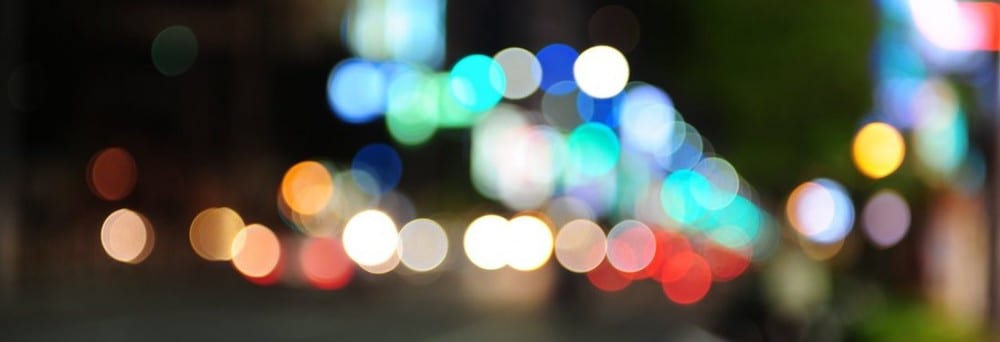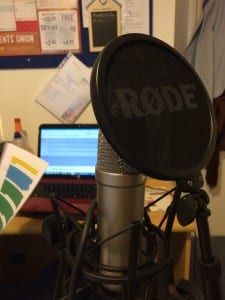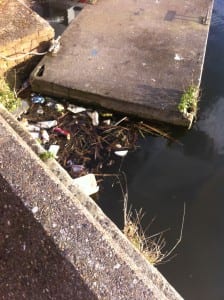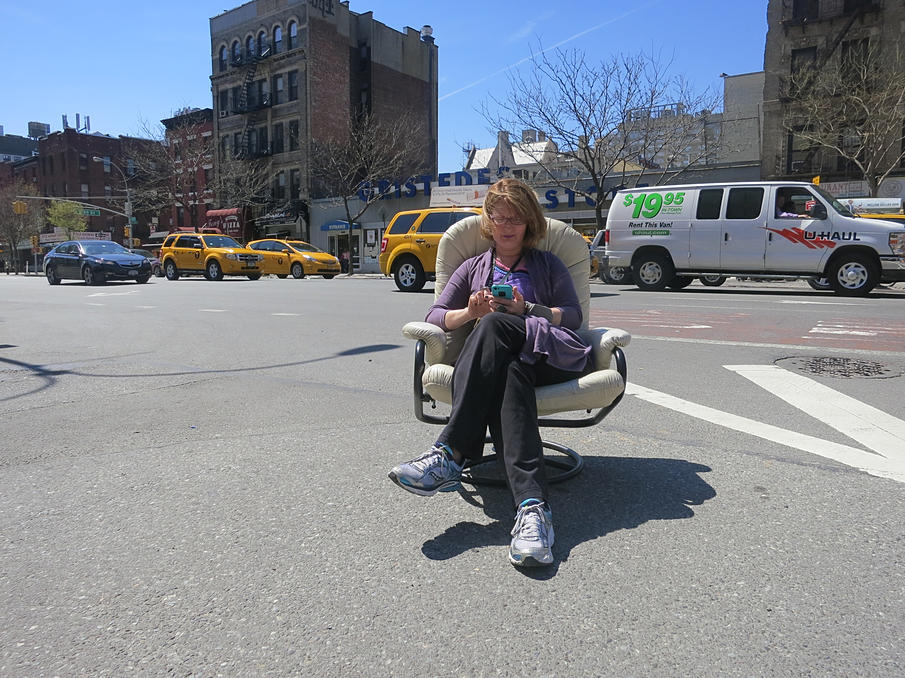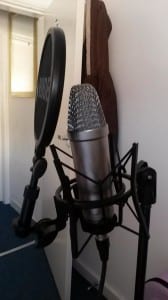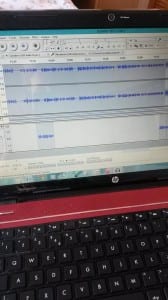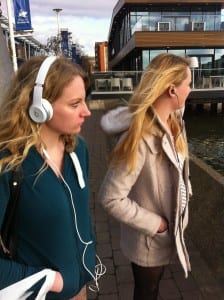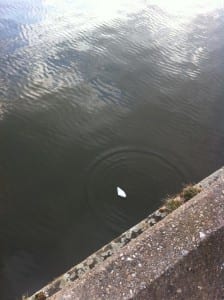The recording process is a long one. It requires tests, and re-tests to ensure that all recordings have sufficient volume, clarity and timing. We have found that this can be challenging to achieve especially without a proper recording space.
One of the main problems we have faced when recording our peice was volume. The pre-recorded telephone call with Ron was booming with volume, yet we struggled to recreate anything like that level of sound with our own mircrophone. We tested out numerous positions for the microphone in order to figure out optimal position for picking up our voices. Thoughout the testing process we found that plosive sounds like ‘b’ and ‘p’ were being picked up more than other causing a sort of popping sound to appear in the recording. We found that the best way to get rid of this was to alter the angle in which we positioned the microphone and speak to it with our face sideways on.
However audio recording is useful as it enables us to listen back to our own voice and make judgements based on our tone, and whether or not we think this tone works for the overall aim of the piece.
Each recording comes with its own set of difficulties and editing. Each must be re-wroked so that the white noise is removed. It must then be adjusted to the suitable time length before being added onto the final piece. This is long, arduouos process but when done correctly should result in a professional sounding piece.
